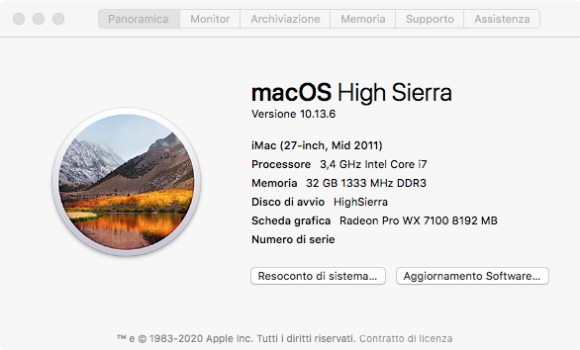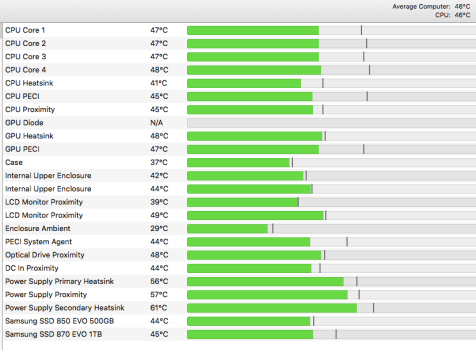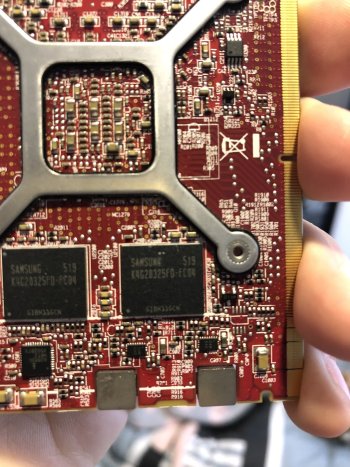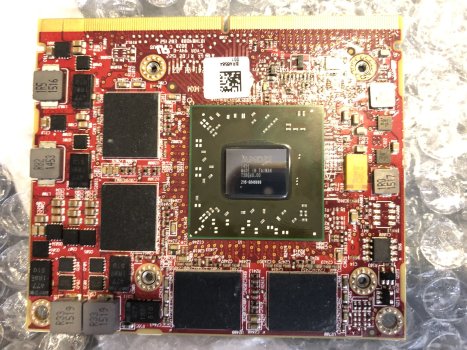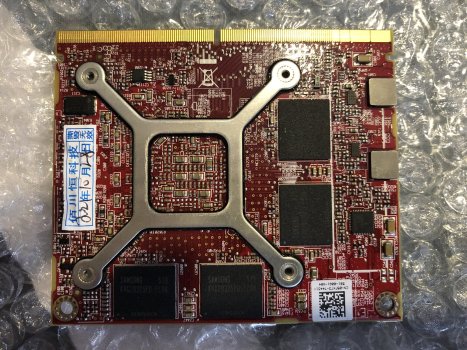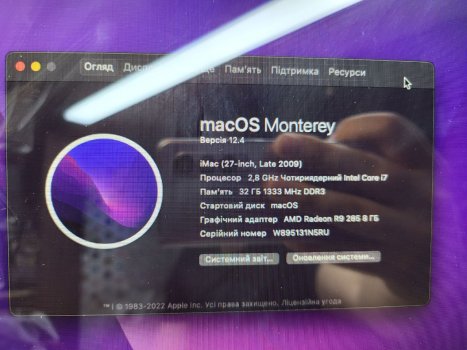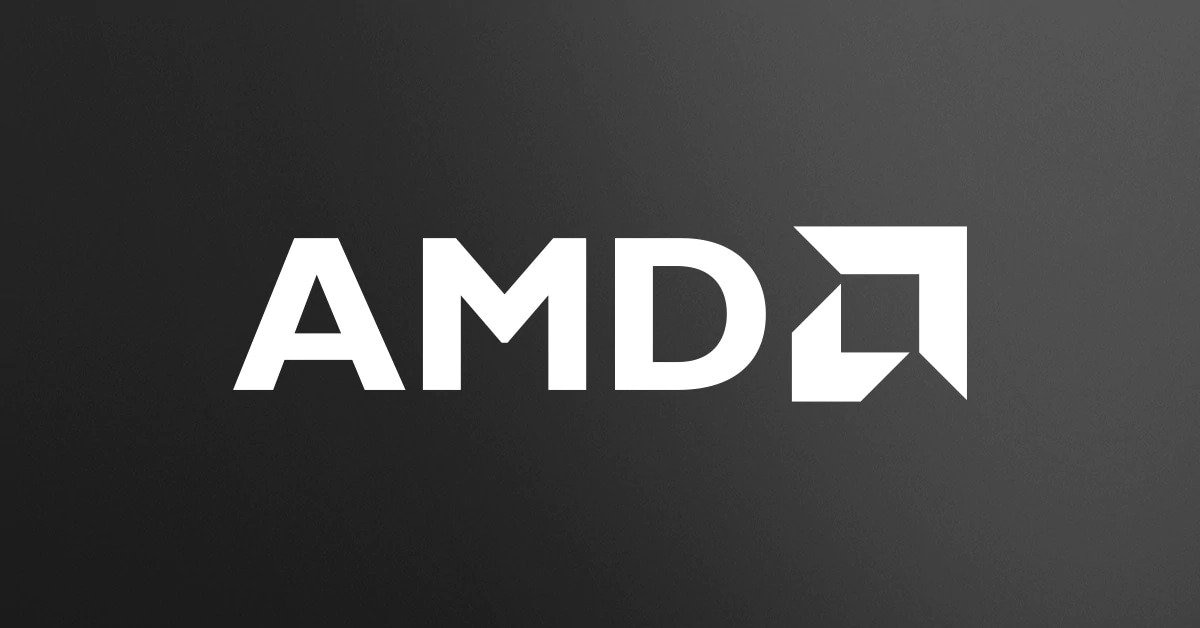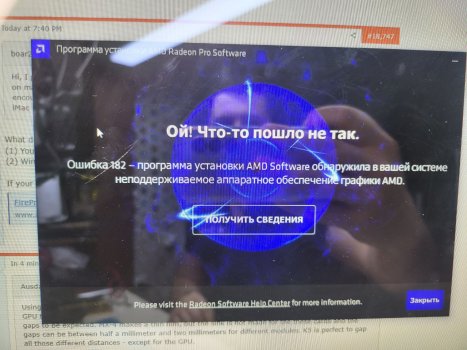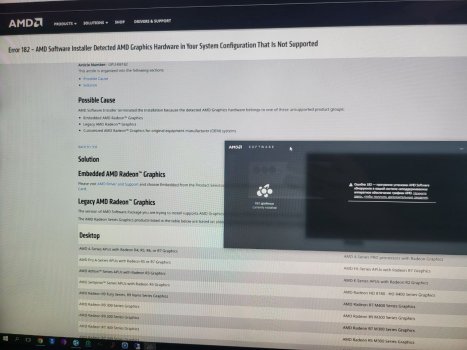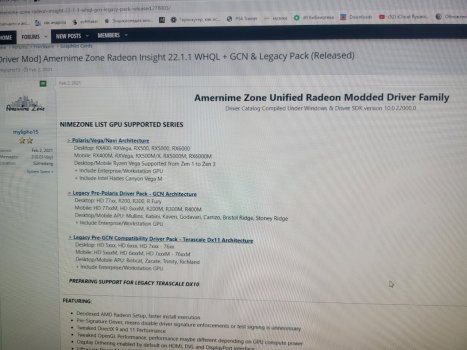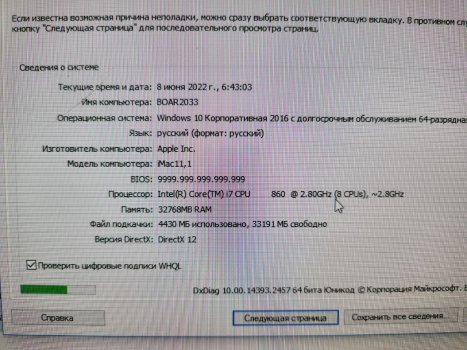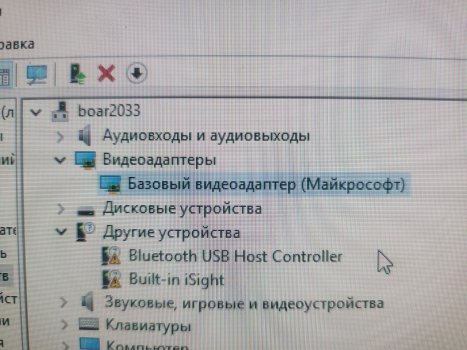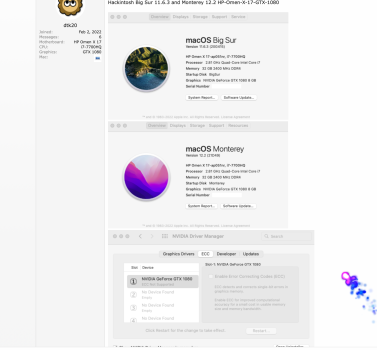Using the more fluid MX-4 is a mess on the board and it is used to make contact between a ceramic GPU top and a metal heat sink. It is not simply about numbers, it is about the material used and the gaps to be expected. MX-4 makes a thin film, but the sink is not made for the these cards and the gaps can be between half a millimeter and two millimeters for different modules. K5 is perfect to gap all those different distances - except for the GPU.I really appreciate the reply. Thank you and everything that you do on this forum. I'm going to get rid of the K3100Ms and try a S7100X. I know they are experimental and not fully supported yet.
I did re-read the first post and still am a little confused about the K5 Pro recommendation. I understand that K5 Pro is better then thermal pads. But from everything that I've read, the MX4 out performs the the K5 Pro in thermal transfer.
The S7100X is (like the W6170M) a nightmare in the iMac12,2 system. NVRAM corruption on cold boot, and broken sleep/wake.
No brightness control on all systems...


